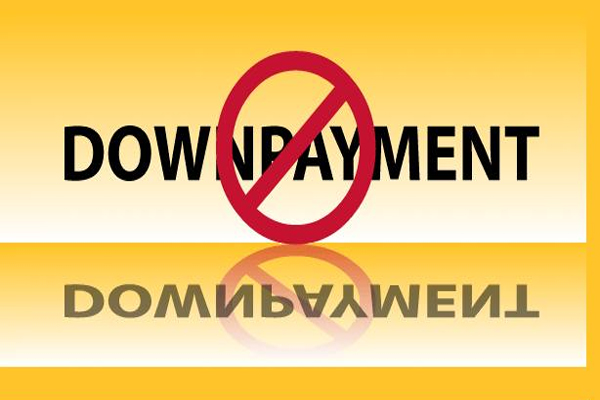Is no down payment is a safe way to invest in real estate?
This question comes up regularly, and the answer is tricky. The common wisdom is that there are two camps — those who unequivocally believe do down payment is nonsense, and those who swear by it and say it’s the greatest thing since sliced bread.
The answer, as you might imagine, is something in the middle. No down payment could be very dangerous. But it could also be very advantageous. So the answer is maybe.
Let’s talk about it.
1. Quality of Asset if Owner-financing is Involved
A lot of times no down payment is accomplished, at least in part, by means of the owner involving himself in the financing of the property. While this is not always true, a fair number of times the owner is willing to do this because he is unable to sell for all cash, and in order to move the property, the owner facilitates a portion or all of the financing.
In this case, you have to ask yourself, why was the property unable to sell for all cash? Could it be that there is something wrong with the way the marketplace perceives this asset?
Again, this is not always the case. Sometimes, it just makes sense for the owner to carry a note, and sometimes it just is what it is, and there is nothing wrong with the asset being sold with financing attached. But if this is how you are looking to achieve no down payment in your deal, be careful and underwrite the deal well!
Remedy: Understand no down payment is a mode of acquisition, nothing more. If you start out with a bad deal, the fact that you can finance 100 percent of it won’t make the deal any better. You’ve got to start with a good deal!
2. Insufficient Cash Flow
One aspect of no down payment that is always pointed to as dangerous is the compressed cash flow. It’s true — this is a danger. If, for example, you are buying a $400,000 asset, typically you’d put $100,000 down and finance $300,000 — this would be 25% down. At 6% interest rate and a 20-year amortization, this $300,000 note would cost you about $2,150/month.
If, on the other hand, you found a way to finance the entire $400,000 purchase price, then your monthly debt service would go up from $2,150 to $2,865 — a delta of $715/month. This, of course, means that your cash flow would come down by the same delta of $715/month.
Now, if you ain’t got $100,000 in the bank, this equation is pretty simple. Either you finance 100% of the purchase, or you don’t do the deal.
But, beyond this, a couple of questions here:
- Is it better to keep $100,000 in the bank in exchange for compressing cash flow by $715/month? Or would you rather pay the $100,000 to buy $715/month of cash flow?
- Even if that sounds like a good idea, is this safe to do?
The answer to the first question is a matter of personal preference. I, for one, believe in creating cash flow, not buying it, so I have an organic dislike of the notion of trading huge sums of money for a little cash flow.
But having said this, I don’t like skinny margins any more than the next guy. So, if this additional debt is going to cost you $715, the question is, how do you create that much more cash flow in the deal so you offset the additional debt service?
In essence, what I am saying is this — I know that had I put down $100,000, I’d end up with $715/month more cash flow. But can I create that cash flow via value add and end up with the same cash flow without having dropped $100,000?
And the answer is — YES, or I don’t buy. I am not interested in being a retail investor. I am not interested in buying cash flow. I am more sophisticated than this — I create something out of nothing, and if it’s not possible to do, then the deal is not good enough!
3. Insufficient Equity
This is the other argument against 100% financing of property, and the same logic applies to this as did to cash flow. If you want to buy equity, then do it by all means. I prefer to create it. This means that if I am paying $200,000 for an asset, it is only because I believe the intrinsic value to be $275,000 — it might take 3-12 months to get it unlocked, but it’s there. But in this case, I certainly don’t feel that paying $200,000 and financing 100% of it leaves me in a no equity position.
Conclusion
It is more important than anything else to be safe in real estate. One way to accomplish this safety is to buy it, and another way is to create it. Finding an asset that lends itself to what I do is akin to finding a needle in a haystack. But when you find one, you don’t need a down payment to make it work or to make it safe.
Investors: What are your thoughts on the risks of no down payment for real estate? Is this a route that you’d be willing to take?
If you want to learn more about property investment, click the following link: PropertySeminar.com.my
How to use creative strategy to own a property in Malaysia? Click the following link to learn more: PropertyMillionaireIntensive.com
